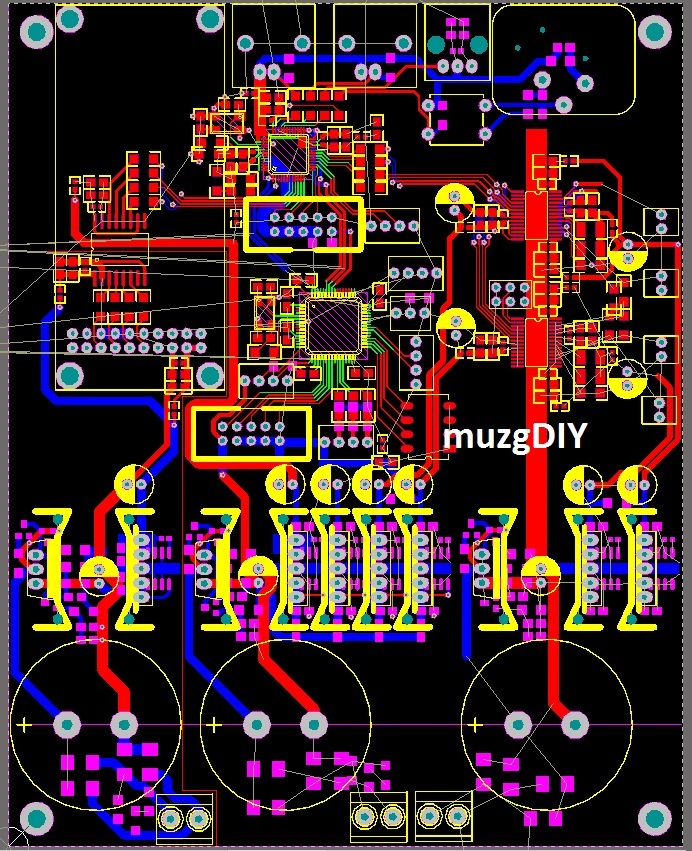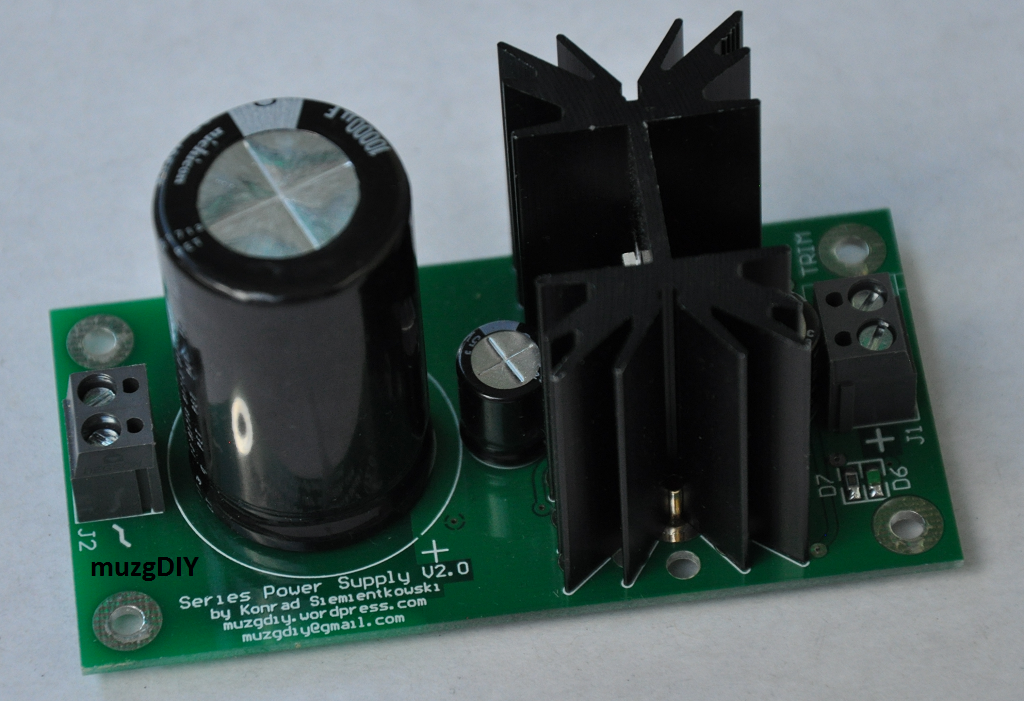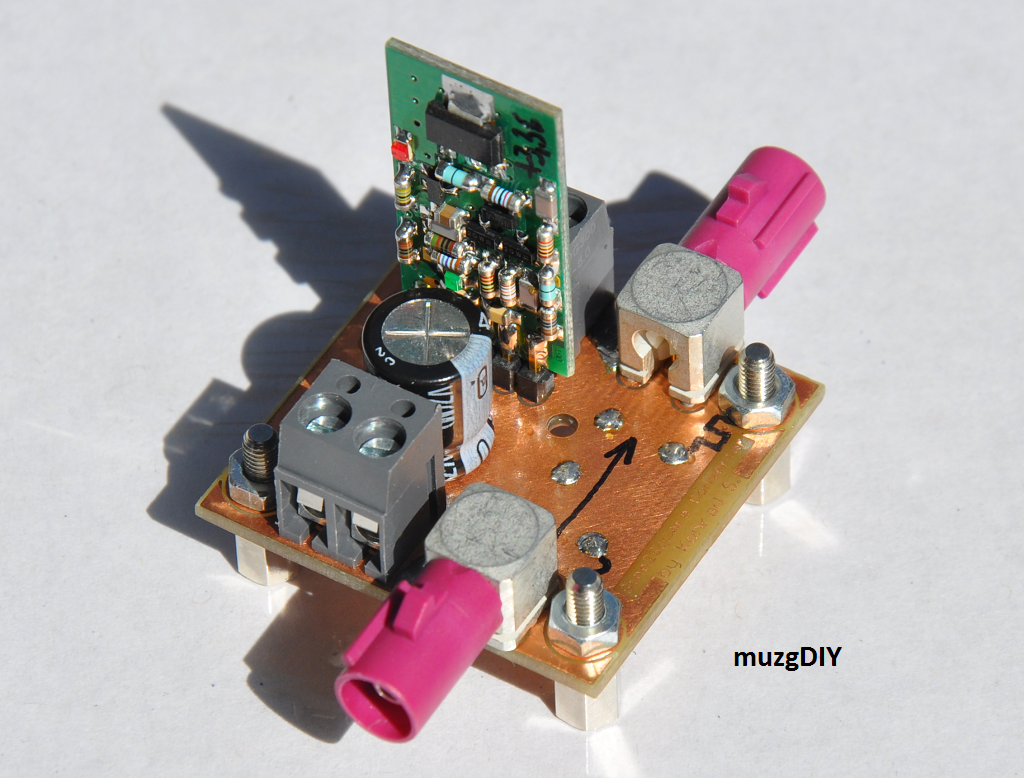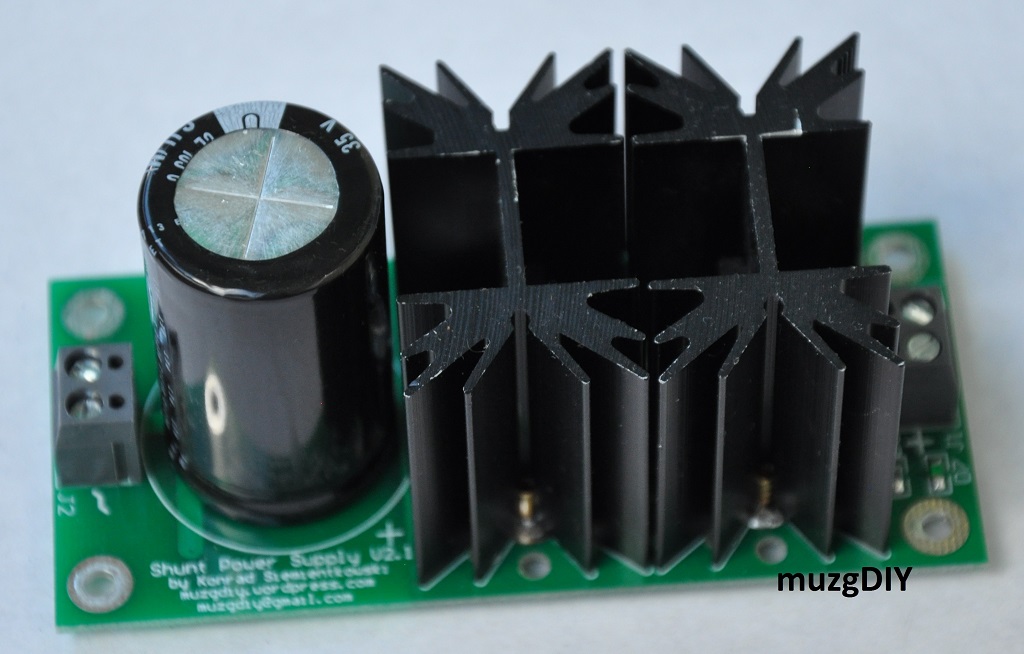I start a topic concerning my new project that is DAC based on PCM1794A chips. On chips because it may be built either on two or one PCM1794 chip what is configurated by appropiate set of elements (more details on schematic).

Schematics: PCM1794_DIX9211_DAC_V10
As a S/PDIF receiver and I2S switch I used relatively not well known DIX9211 chip. Its main advantages are twelve S/PDIF inputs, support for all formats ranging till 192kHz, a possibility of connecting to three additional 12S signal sources (it may also allow DSD format) and controlling via I2C. DAC also has a space for amanero module with its own power supply and galvanic isolation ISO7640.
Module’s inputs are:
- USB via amanero or similar
- 2x Coax
- Toslink
- AES/EBU
- inner iput I2S e.g. for bluetooth module
DAC is controlled by microcontroller STM32F100RBT6B. STM32F100RBT6B has big amount of periphery that allow to expanse DAC, a lot of GPIO and 128kB of flash memory and that all is well-priced. Additional simplification which is Cube makes there is no other choice. Encoder was planned to be responsible for controlling. Active input indication via separate PCB with OLED on SPI display or 8 LEDs on 74HC595. There is possibility to control via remote control or UART. Updates are made via UART. To PCB programming ST-Link V2 is needed. It is available on each Discovery STM32 module.
Power supplying is extended. I divide it on three sections, each supplied from separate transformer winding.
- USB interface power supply
- PCM + DIX + STM digital section power supply
- PCM analogue section power supply
Each section is built in similar way:
Rectifier -> big snap capacitor -> discrete pre-regulator (V1.2) -> post-regulator
Post- regulators may be chosen between LT1763 and discrete module. Additionally, I put LC filters in digital sections. Thanks to that they are better separated. Digital module contain 10 voltage regulators. In MONO mode (one PCM1794 for canal?) there is possibility to supply the chip from different regulators (4pcs,) or mounting jumper and using only two – one for digital and one for analogue.
The whole construction I divide on two different modules – digital PCB with DAC chips (150x120mm) and totally symmetrical analogue module with the same dimensions (not ready yet). Such division make it elegant and not as big as a computer board, and what matters more it leave a space to experiment with other analogue variants, also with lamps.
I plan to build analogue module as follow:
- I/V converters on single opAmps SMD AD797 or OPA1611 type
- symmetrical filter based on MFB on OPA1632 configuration
- power supply either LT1963/3015 or discreet modules, two per each canal
- mute for noise elimination
- without capacitors in signal path
Later I will work out lamp module.
The whole circuit, where it possible, in SMD. The elements dimensions from 0603 to 1210. PCB is still being worked out. I attach the look/view.


















